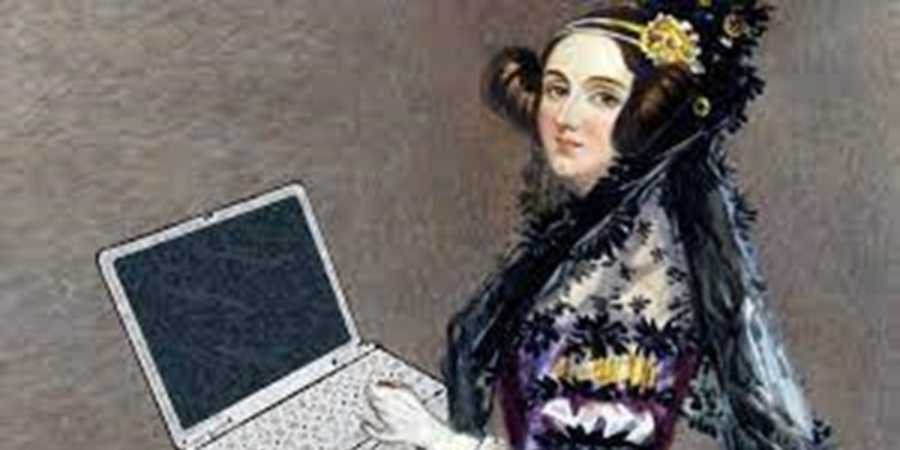

I'm pausing here today to consider the amazing tale of Ada Lovelace. I do so not only to honor her brilliance but also to serve as a reminder to myself and others of the wealth of lessons her life has to offer. Beyond being the first person to program a computer, Ada Lovelace was much more. She was a woman who ventured to envision a world in which computers were capable of thought, creation, and problem-solving something that no one else at the time could have imagined.
I'm trying to absorb the lessons in Ada's narrative by writing this to myself. She inspires me to think large, defy expectations, and push limits in ways that are still relevant today.
Ada Lovelace: A Mind With Visions
Ada Lovelace was born in 1815 and had a great aptitude for mathematics at an early age. Rather than following in the footsteps of her well-known poet father, Lord Byron, her mother urged her to pursue a career in science. It's understandable why Charles Babbage's Analytical Engine, an early mechanical computer, captivated Ada. This is where things get intriguing, though: Ada saw far more in Babbage's creation than just a device to crunch numbers.
When Ada was asked to translate a paper on the Analytical Engine in 1843, she added to it with her innovative ideas in addition to translating it. She thought the computer might perform tasks beyond basic arithmetic, such as creating music and resolving symbolic logic puzzles. These notes contain one of her most potent quotations: "The Analytical Engine weaves algebraic patterns just as the Jacquard loom weaves flowers and leaves". She was considering the machine's potential as well as its current state of existence.
To me, this shows how Ada’s mind worked. She did not limit herself to the constraints of her time. Her story is a memorial that, indeed when others can not see the bigger picture, we can conjure beyond what’s right in front of us.
An Insight into Inventive Thinking
Thus, what can I, and maybe even you, learn from the story of Ada Lovelace? It pertains to the ability of creativity to defy expectations. I am inspired by her capacity to see beyond what was right in front of her. Because we're just seeing what's now possible, how many times have I—and we all—limited ourselves?
Ada's strategy shows us that people who are willing to adopt new perspectives will shape the future. As she once put it, "The faculty of discovery is imagination. It reaches into the scientific realms, which are the invisible worlds surrounding us". This proves that rationality and creativity are complementary rather than mutually exclusive, which strikes a deep chord with me. We can utilize creativity to push limits in technology, our personal lives, and our careers, just as Ada did when she used her creative vision to realize what a machine could accomplish.
Think Big, Always is the Moral of Ada's Story
Writing this is a reminder to myself to adopt Ada's philosophy of not being scared to dream big, even if others don't share my vision. Ada was raised in an era when women were not often allowed to further science or technology. She didn't allow that to deter her, though. She didn't hold back from dreaming.
We are reminded that creativity begins with thinking beyond the present on Ada Lovelace Day, which is observed in October. The day honors, in my opinion, the capacity of the human mind to conceive beyond the realm of reality.
Hence, Ada's life serves as evidence for myself and everyone else reading this that having large dreams is not only justified but also essential. Consider the following question the next time you're working on a project: "Am I considering what it might be?" Ada altered the world by doing that, and her legacy does just that.
Ultimately, Ada Lovelace imparts to us the knowledge that, in addition to ingenuity, our imagination holds the key to producing works of art that endure well beyond our lifetimes. Let's apply that lesson. Always dream big, shall we?


